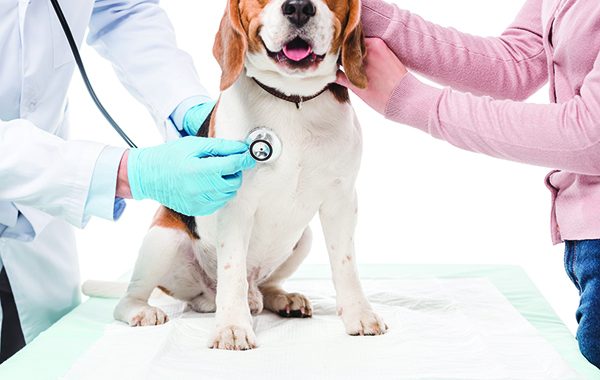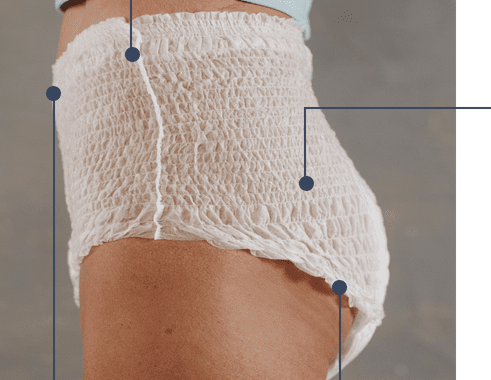Canine Toothpaste

Canine Toothpaste
The expression “toothpaste for canines” seems like the zinger to a joke – the exemplification of an absurd item that is excessive but rather is being advertised by a greedy industry hoping to benefit by foisting pointless stuff on clueless canine proprietors. I’m certain that some jokester someplace could get a decent five minutes of giggles out of the subject.
Actually, however, the kinds of toothpaste that are figured for pets are useful. They work on the mechanical impact of the toothbrush, their grating fixings further develop the plaque-eliminating impact of brushing, and their enzymatic fixings assist with diminishing the number of inhabitants in microorganisms present in a canine’s mouth.
For what reason is this so significant? To forestall a course of sick impacts for your canine. Bacterial excess likewise alluded to as “biofilm,” causes disease and irritation when it collects beneath the gum line. Biofilm becomes plaque; plaque advances the arrangement of tartar, and the two substances give the microscopic organisms more surfaces to stick to and freedom to multiply under the gums. What’s more, microscopic organisms can add to awful breath, yet additionally add to periodontal infection, which has been connected to extreme malicious impacts all through the body, including the liver, kidney, heart, and lungs. Studies have set up a connection between canine dental sickness and diabetes, “far off neoplasia” (gastrointestinal, kidney, pancreatic, and hematological tumors), ongoing irritation, and early mortality.
To recap: It’s fundamentally critical to help your canine keep his teeth clean!
WHAT TO LOOK FOR IN A DOG TOOTHPASTE
We’ll begin by referencing that there is an association – the Veterinary Oral Health Council (VOHC) – that analyzes any relevant exploration considers that may demonstrate the viability of different veterinary dental items as they identify with one of two potential cases: “Helps control plaque” and “Helps control tartar.” Interestingly, just one pet toothpaste available conveys one of those cases: Petsmile Professional Pet Toothpaste, which acquired the VOHC seal for “Helps control plaque.” That was sufficient to make this item our top choice, notwithstanding the way that it’s way more costly than its rivals.

The one thing that all pet toothpaste makers appear to concede to is that these items ought to contain a rough fixing. If that sounds disturbing, unwind: Abrasive fixings make up basically half of the human toothpaste!
Generally utilized grating fixings incorporate calcium carbonate, sodium bicarbonate (otherwise called preparing pop), sodium chloride (salt), different types of silica, and dicalcium phosphate.
Pet toothpaste ought to have a flavor that is (at the very least) not aversive to canines and, (best case scenario, wonderful. It’s by and large acknowledged that most canines don’t especially appreciate minty flavors, so you’ll see most pet kinds of toothpaste enhanced with either a fake sugar, a counterfeit peanut butter, or meat “flavor.” We tasted each toothpaste we remembered for this audit and not one, as we would see it, had an aftertaste like either meat or peanut butter. Some were enigmatically sweet.
All things considered, canines have far fewer taste buds than we do – around 1,700 contrasted with around 9,000 in people – thus, as long as the toothpaste doesn’t taste awful, maybe the taste isn’t so significant.
It’s grounded that the mechanical activity of brushing is the best home consideration that proprietors can give to their canines. In any case, the utilization of items that contain antimicrobial specialists can build the viability of brushing. Antimicrobial specialists diminish the bacterial populace in the canine’s mouth and lessen the arrangement of the biofilm which, left undisturbed, would start to frame plaque and, at last, tartar.
If your canine opposes the brushing cycle, and you’re ready to get just a little antibacterial toothpaste into his mouth, don’t surrender. A few investigations have demonstrated that the basic presentation of antimicrobial toothpaste into a canine’s mouth – even without the mechanical brushing activity – is more gainful to the canine than no move being made by any stretch of the imagination.
WHAT DOG TOOTHPASTES SHOULD NOT CONTAIN
We trust that all canine proprietors know that they shouldn’t utilize a toothpaste that is planned for people when they brush their canines’ teeth. There are various fixings in human toothpaste that are tricky – and surprisingly tremendously poisonous – for canines. A portion of the fixings are no better for people to swallow than canines, yet you can advise people not to swallow it, and they (as a rule) will not. (Kids’ toothpaste contains less fluoride than grown-up toothpaste since they are less ready to adhere to this guidance than grown-ups.)
Practically all human toothpaste contains fluoride, a compelling enemy of cavity specialists, however, it’s in no pet toothpaste, as canines are especially delicate to this specialist; it’s viewed as a significant poison for them.
Xylitol is a sugar that is found in numerous human toothpaste, yet is profoundly harmful to canines and is never remembered for pet toothpaste.
People appear to adore the frothing activity of our toothpaste; it appears to assist with circulating the purifying, reviving specialists all around our mouths. However, given that we don’t need our canines to swallow the toothpaste – and they have no chance of realizing that, or of washing their mouths without gulping – frothing specialists ought not to be remembered for a pet toothpaste.
Sodium lauryl sulfate is the most ordinarily utilized frothing specialist in human toothpaste. It additionally offers cleanser properties (ties with pollutions and assists them with being washed away) and gentle antibacterial properties. Notwithstanding, it can cause gastric surprise in canines – and its frothing activity is more difficult than its value in a canine’s mouth. We thought that it was remembered for only one of the 10 kinds of toothpaste we assessed (Nylabone Tartar Control Pet Toothpaste; see next page).
Need the Motivation to Break Out the Brush?
I question that anybody appreciates brushing their canines’ teeth; with the most agreeable of canines, it’s a minor bother, and even from a pessimistic standpoint, a significant issue. In any case, on the off chance that you need a little inspiration to persuade you to put this errand on your plan for the day, think about these dental-wellbeing realities:
✔ People who brush their canines’ teeth consistently are bound to see issues, for example, tooth breaks or chipped teeth, free teeth, gum irritation, or developments in the mouth. Early recognition of these issues is fundamental for fruitful treatment (particularly of oral tumors).
✔ Reducing the measure of bacterial plaque at and beneath the gum line of the teeth is basic for forestalling the advancement of gingival aggravation and periodontal infection. Ordinary brushing has been demonstrated in numerous investigations to be the best method for decreasing the measure of plaque on canines’ teeth; it’s viewed as the highest quality level for keeping up with dental wellbeing. Indeed, one (human) study tracked down that proficient cleanings were of little worth without customary home consideration (brushing). Numerous investigations have shown that bacterial plaque starts to connect to the tooth surfaces again within 24 hours of cleaning.









